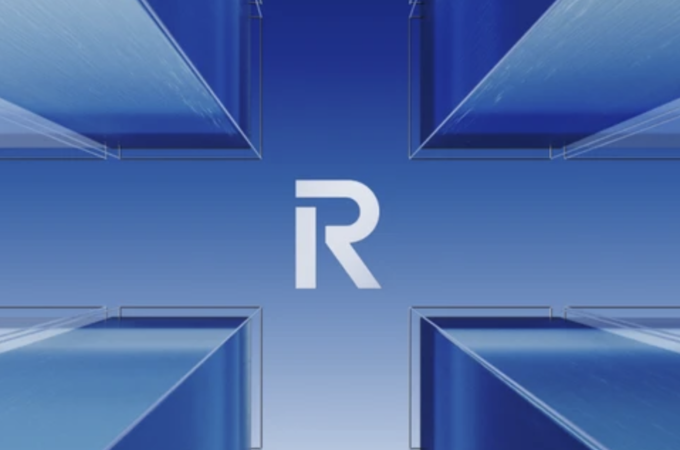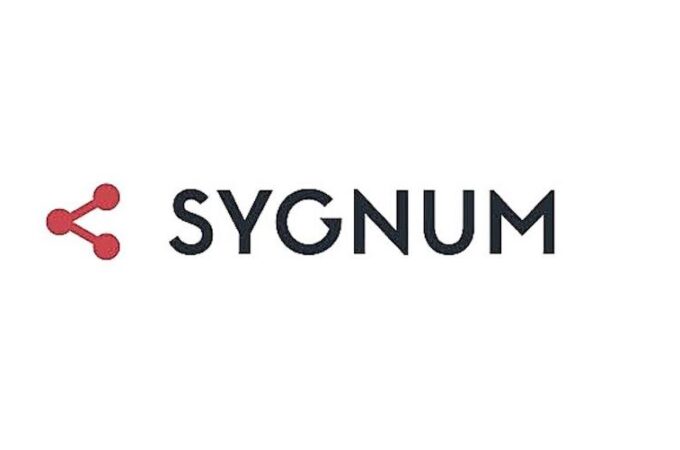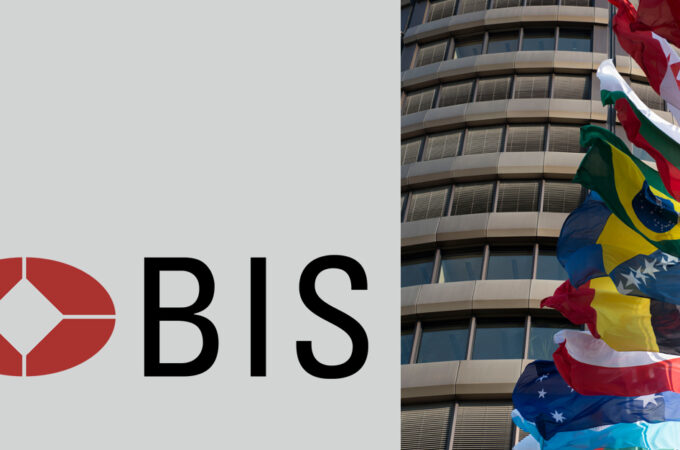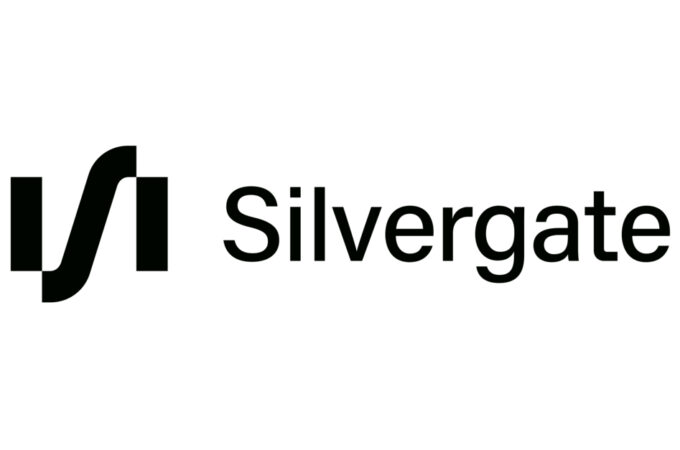
N26’s U.S. CEO Nicolas Kopp on getting to 250,000 users in 5 months in the U.S.
via Tearsheet
N26 was the first foreign challenger bank to launch in the U.S. When you speak with U.S. CEO Nic Kopp, you know it was no simple feat. After data from five months in the market, Kopp joins us on the podcast to discuss the launch process and what it takes to bring a challenger online. Nic describes who’s using N26 and what they’re using it for. We talk about user acquisition and how the company was able to get its first 250,000 users.
Extension of funding round
We announced an extension of our series D round, led by existing investors. It will help us further build products and expand into markets we’re currently in and potentially new ones. With the crisis, there is a lot of hardship. Some industries are really taking a hit — mobile banking, thankfully, isn’t one of them. Quite the opposite, actually.
We’re seeing an acceleration of the trend — where you start your banking in-store, in branches and then go online and mobile. In a time you can’t go out, this trend is further accelerating. We’ll be bringing more good things to our customers.
Impact of COVID-19
People are doing a lot more of their shopping online. For N26 customers, we see a general shift to ecommerce spending. And for customers who are a little bit older, 65 and above, we see a very dramatic shift. This enforces the idea that some age groups that traditionally had engaged less with ecommerce are using their N26 card to spend in these areas.
We’re seeing signups trend more strongly because of COVID. We’re also seeing a trend away from cash. Some argue that cash with disappear over the next five to ten years, and COVID has shown an increase in contactless payments — either from tap and go with a card or through wallets like Apple and Google Pay.
Timeline of the US launch
We launched our beta in the US in July 2019. We had a waitlist of about 100,000 people. We onboarded that list onto our platform and gave folks a few weeks to get settled to use and test our product. Our public beta launch took place in August 2019. We were the first European challenger bank to launch in the U.S.
We made an announcement in January — without people knowing us too much — that we got to a quarter of a million signups in just five months. Growth is going quite well.
Product enhancements
For the early adopters out there, you may have seen that we added a lot of new features over the past few months. I’m really proud of our team — every two to three weeks, we’re releasing new features and improving the product.
We’ve made it a lot easier to fund the account — it’s a very important first step. You can pull from within the N26 app. We also added the ability to use a debit card to top up your N26 account. We added free ATM withdrawals, Apple Pay, and we’re in the process of exploring Google Pay functionality for the app. We’ve released a bunch of new features and we have a laundry list of things we want to do in the future.
The U.S. versus other markets for challenger banks
We need to put the regulatory framework in the U.S. in context. In the U.S., we partnered with Axos Bank. Our accounts are FDIC insured — they sponsor our program. In Europe, we were originally in Germany and only in German. As we started to internationalize to places like Italy, Spain and France, we first had to translate the product into local languages.
The good thing about Europe is that you can passport your banking license into new markets. That means, you can use your German banking license, which we have from BaFin, to passport into the French market, for example. So, from the regulatory side, it’s easier to expand into new markets. In the U.S., it’s more of a lift because the regulatory framework and payment schemes are different than in Europe.
Getting to 250,000 users
Word of mouth and viral, more organic methods are important for our growth. You can only grow a successful brand if you have that part of growth that’s healthy and strong. We got early buzz out in the U.S. and people left good reviews on our product. The fire began to spread.
We still have a long way to go in terms of adoption and brand awareness in the U.S. We have a multi-prong strategy. We did an out of home marketing campaign when we launched in Fall 2019. It helped bring our brand to life differently than just seeing your friends use the app. We supplement our organic growth with these types of campaigns, as well as use more traditional channels like Google and Facebook.
The N26 brand in the U.S.
At N26, we’re building one global product, one global company. How can you transmit global brand values consistently while keeping the nuances of the local markets? At the end of the day, one fundamental pillar of our brand is a beautifully simple product. I refer back to the product because I believe that brand and product are highly intertwined. A beautiful and easy to use product is the most important essence of a lot of our adoption.
Security is another attribute. Especially in today’s world, where there’s a lot of uncertainty. It is really important for people to feel that the product they use is safe, especially at this intersection of technology and finance.
Lastly, we want to have the best product at a functional level. It’s fast and free of charge (or minimal costs involved). A product that provides tangible, functional benefits. This is also very important to embody.
Customer journey in the U.S.
In our case, the question between whether our customers are using N26 as a primary or secondary account is an important one. In Europe, we saw some people in the beginning use their N26 accounts for travel because we had a good foreign exchange offering. They transitioned by going to Thailand with our card and appreciating the product. They decided to stick to it when they returned from their beach vacation. We’re seeing people migrate into using N26 as a primary account, where their paycheck goes in and bills go out.
We’re seeing a similar trend in the U.S. What’s a positive surprise for me in the U.S. is a lot of early use cases of people depositing their paychecks and using us, arguably, as their main account. We’re seeing strong direct deposit behavior during COVID. I want to wait it out some more to see how the data progresses from here, but I’m optimistic.





